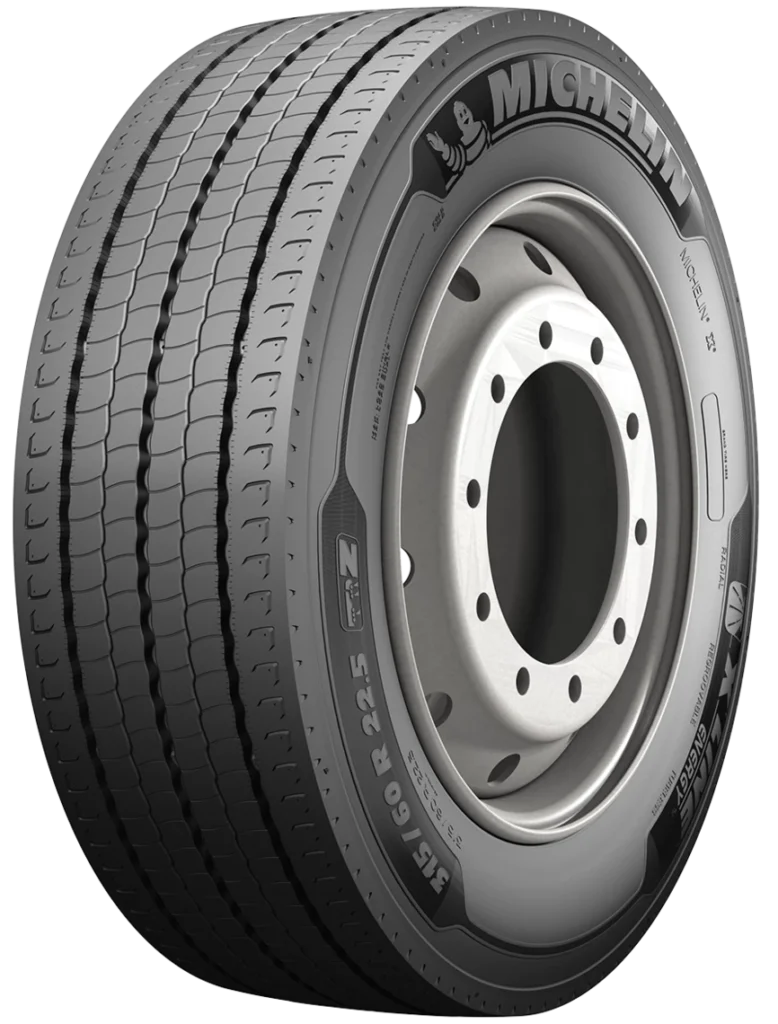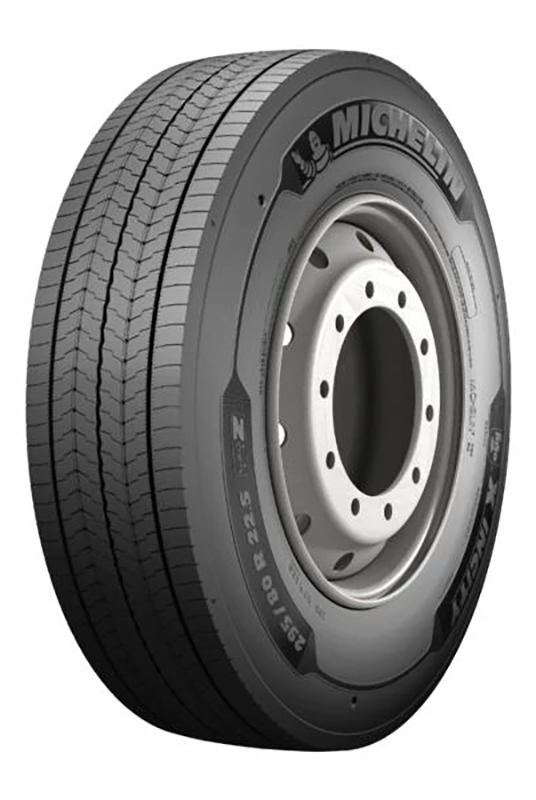The Michelin Retread Process
When it comes to retreading tires, the Michelin retread process stands out as a trusted and dependable solution. Our process is meticulously designed to deliver reliable retreads that cater specifically to your unique application needs. We understand the importance of maximizing your tire assets, and that’s why we take great care in every step of the retreading process. From selecting the right materials to employing advanced techniques, we ensure that each retread meets the highest standards of quality and performance. With Michelin retreads, you can have the confidence and peace of mind knowing that your tires are revitalized to their full potential, providing optimal performance and extending their lifespan. Trust in the Michelin retread process to unlock the true value of your tire investment.





